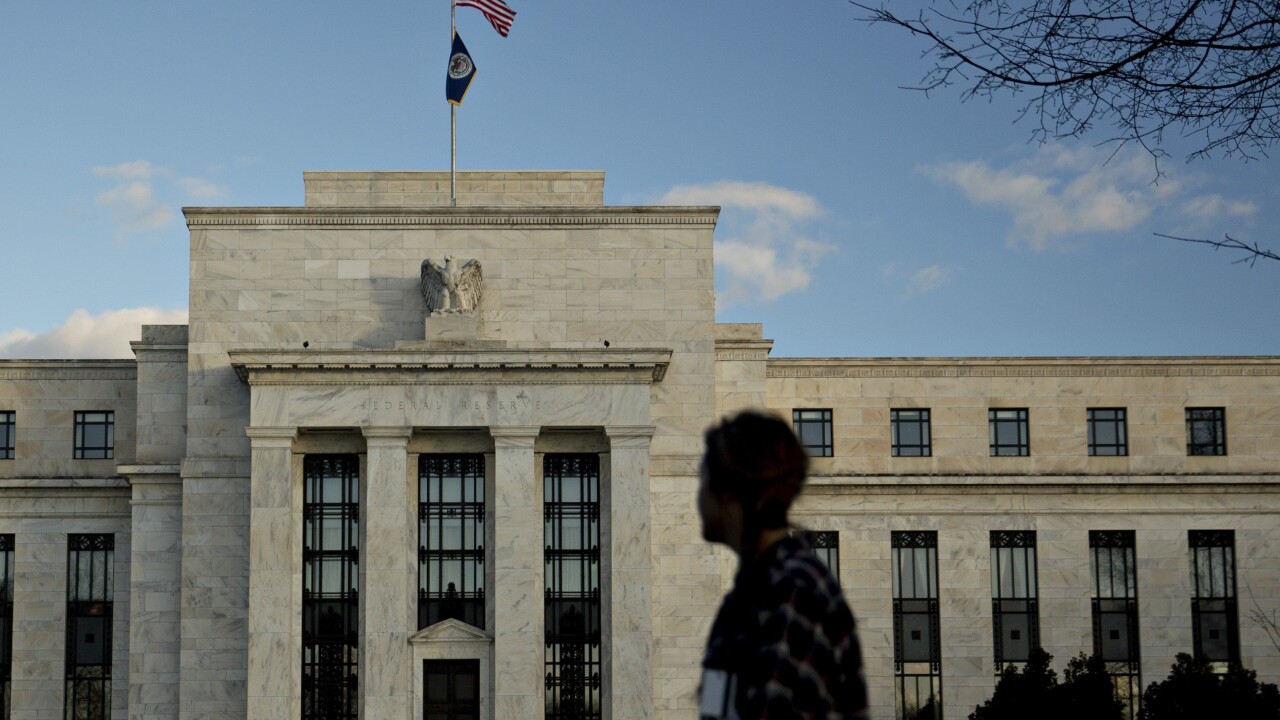It’s the seven-figure number spooking affluent investors the most in the Biden administration’s proposed tax increases. It’s also the number that’s confusing some financial advisors.
$1 million is the hurdle at which high-income earners would pay nearly double the capital gains rate on their long-term profits and so-called qualified dividends.
Seems like an equal-opportunity tax hike on the affluent. But some well-paid professionals have more reason to be alarmed than others.
That’s because the $1 million threshold is more likely to hurt married working professionals who both earn high salaries. Meanwhile, couples where one person earns the high wages while the other makes less or stays home have greater leeway to avoid a potentially higher rate on their investment profits.

“It looks like the Biden-Harris proposal for a higher capital gains tax rate would be another marriage tax penalty added to the tax code,” said Justin Miller, a partner and national director of wealth planning at Evercore Wealth Management, a registered independent advisor in San Francisco.
Marriage penalty under higher ordinary rate
The so-called
Advisors already know that married clients with high income would face bigger tax bills if Congress approves Biden’s proposal to increase the top ordinary rate to 39.6%.
Perhaps lesser noticed is that a greater number of affluent professional couples would write bigger checks to the Internal Revenue Service. “While the marriage penalty would still only apply to married couples in the highest bracket, more couples would be affected,"
At the same time. Biden’s higher rate would hit that higher income at lower levels.
Consider a lawyer and an advertising executive who each make $300,000 a year and file jointly.

Under Biden, their federal bill would go up to $237,600, an increase of $27,600. Filing separately wouldn’t help.
Meanwhile, if our professionals were living together but not married, they’d stay at the 35% rate and bank enough for one year of a discounted college tuition.
“The marriage penalty is massive under the new plan,” said Joseph Zappia, the chief compliance officer and co-chief investment officer at LVW Advisors, an RIA in Pittsford, NY.
Marriage penalty under higher capital gains rate
It’s an unhappy tax picture for wealthy clients. But there’s more.
Married couples would also get hit by Biden’s proposal to make the top capital gains rate the same as the 39.6% rate, plus the 3.8% Obamacare levy, so 43.4%. The current top rate on investments held for at least one year, including the surcharge, is 23.8%.
Under Biden, once a taxpayer’s income reaches $1 million, realized gains (profits taken) and qualified dividends
Threshold questions
In its explanation of the administration’s plan in its “Green Book” in May, the Treasury Department wrote that the higher capital gains rate would apply “only to the extent that the taxpayer’s income exceeds $1 million ($500,000 for married filing separately),” as measured by adjusted gross income. AGI
Treasury gave an
It wasn’t the clearest explication.
The agency didn’t say directly what the income level would be for individuals. The omission seemed odd, especially after Biden’s announcement of his tax agenda days earlier, via a “fact sheet” for his $1.8 trillion American Families Plan,
After all, the tax code typically rewards individuals at a lower level than it does couples — think of the
“The filing status” question “is very unclear — I’m confused,” said Clark Kendall, the president and chief executive officer of Kendall Capital Management, an RIA in Rockville, Maryland. Kendall, who is a CFP and CFA, added that Biden’s proposal “still needs some work so advisors like myself can have a stronger opinion of how to manage [ what might be ] the new law moving forward.”
While the fact sheet didn’t say whether all capital gains would face the nearly-double rate, Treasury’s footnote example made clear that only those over the threshold would.
Wall Street hedges
Wall Street brokerages have offered seemingly disparate readings of the $1 million limit.
Biden’s proposals still have to pass muster with Congress. It’s far from clear that they will in their current form. Many advisors and tax specialists, according to Bill Loftus, a founding partner of Coastal Bridge Advisors, a fee-only firm in Westport, Connecticut, see the capital gains rate rising to a perhaps 28%. JP Morgan Securities wrote in an Aug. 2 note that it sees 25%-28%. The
“As advisors, everybody’s looking at this, but the reality is, there’s a lot of questions out there,” Loftus said. “In terms of advising clients, we can’t really do a whole lot yet.”
Wiggle room?
Adding to the hesitancy and confusion, some advisors think there could be wiggle room with the $1 million threshold.
James McGettigan, a senior manager of financial planning at Stoker Ostler Wealth Advisors, part of BMO Financial Group, in Scottsdale, Arizona, noted that
A potential fix
Meanwhile, Kendall said that one tax strategy could mitigate some of the pain of a higher capital gains rate. But it only works for couples in which only one spouse earns high income.
If a married pair jointly owns a stock portfolio and wants to take some profits that avoid a nearly-double rate, they could “
Then, they could file their federal tax returns separately. That could keep the lower-earning spouse below the $500,000 limit at which Biden’s capital gains rate would spike. If that rate does in fact go up, Kendall said, “a lot of married couples will most likely start filing separately. “








